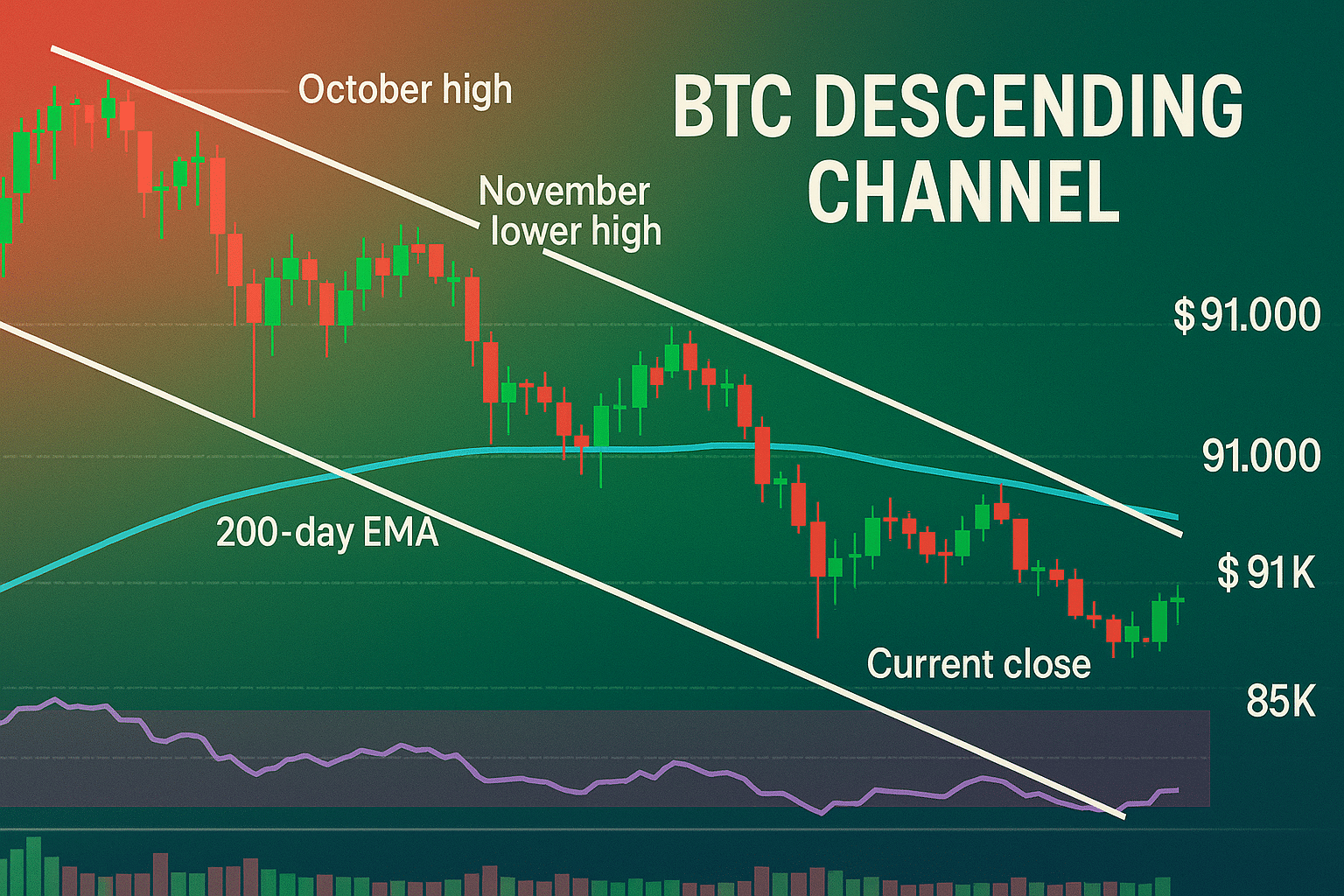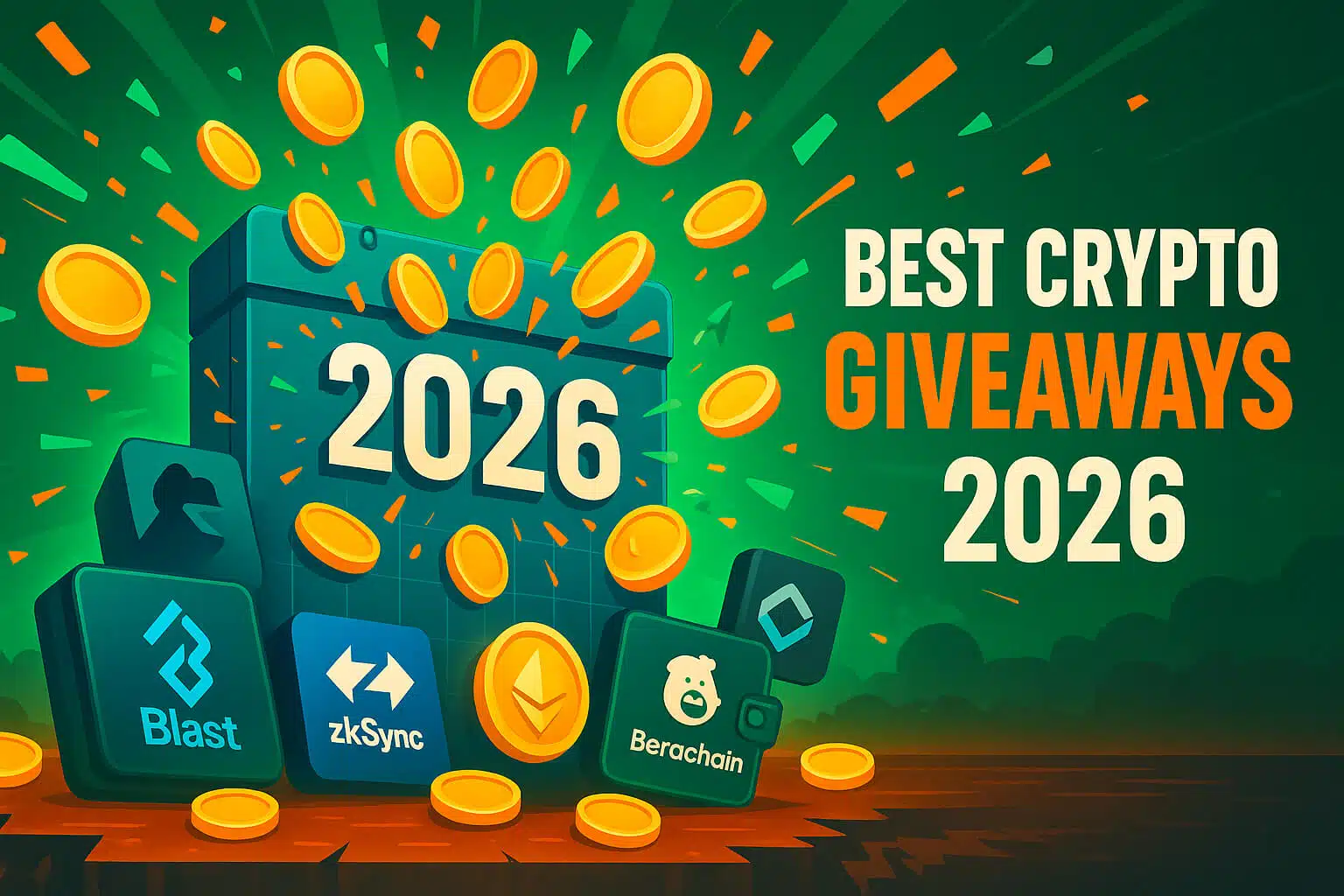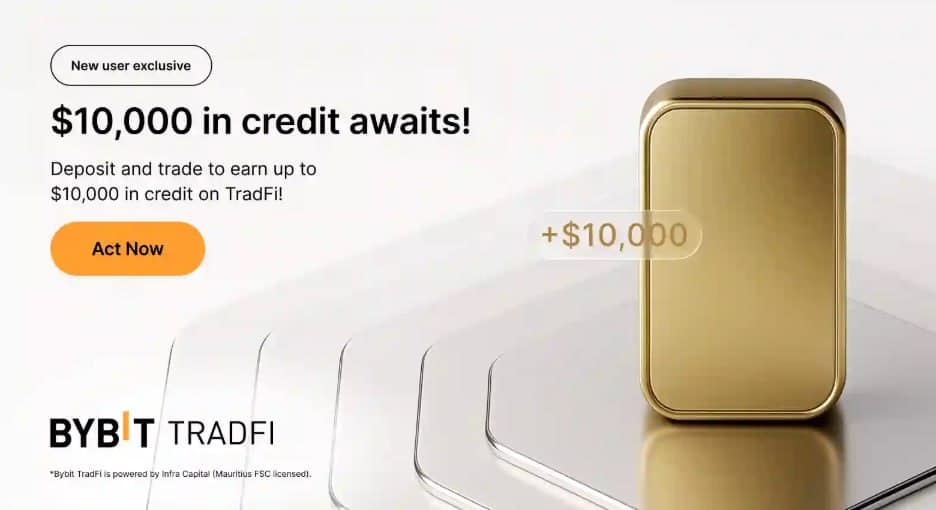How Tokenization Could Democratize Investing: Opening Up Opportunities for All
Investing has traditionally been the domain of the wealthy and well-connected, with significant barriers to entry that exclude many from participating in lucrative opportunities. However, tokenization—the process of converting physical and digital assets into blockchain-based tokens—has the potential to change this. By leveraging blockchain technology, regulated tokenization of assets could open up investing to a much broader group of people, democratizing access to markets that were previously out of reach.
In this blog, we’ll explore how tokenization could transform the investment landscape, the role of regulation in ensuring its success, and the potential benefits and challenges of this revolutionary approach.
What is Tokenization?
Tokenization is the process of converting ownership rights in an asset into a digital token on a blockchain. These tokens represent a share of ownership in the asset, whether it’s real estate, fine art, stocks, bonds, or other valuable items. Unlike traditional ownership models, where assets are typically held by a small group of investors, tokenization allows these assets to be divided into smaller, more accessible units.
For example, a piece of real estate worth $1 million could be tokenized into 1 million tokens, with each token representing a $1 share in the property. This allows a much larger number of people to invest in the asset, even if they can only afford to purchase a small fraction of it.
To dive deeper into how tokenization works, you can explore this comprehensive guide on process and benefits of tokenization asset.
How Tokenization Can Democratize Investing
Tokenization has the potential to democratize investing by breaking down barriers that have traditionally kept many people out of the market. Here’s how:
1. Lowering the Barriers to Entry
One of the most significant ways tokenization can democratize investing is by lowering the barriers to entry. Traditionally, investing in high-value assets like real estate or fine art required substantial capital, often excluding small investors. Tokenization, however, allows these assets to be divided into smaller, more affordable units, enabling a wider range of people to participate.
For example, platforms like RealT, which tokenize real estate properties, allow investors to buy fractional ownership in properties for as little as a few dollars. This opens up opportunities for individuals who previously couldn’t afford to invest in real estate.
2. Enhancing Liquidity
Tokenization also enhances liquidity in traditionally illiquid markets. In the conventional investment world, assets like real estate, fine art, or private equity are often difficult to sell quickly. However, tokenized assets can be traded on secondary markets, similar to how stocks are traded on a stock exchange. This makes it easier for investors to buy and sell their holdings, increasing the overall liquidity of the market.
Platforms like tZERO, for example, provide a marketplace for trading tokenized assets, enabling investors to enter and exit positions more easily.
3. Increasing Transparency and Security
Blockchain technology, which underpins tokenization, offers increased transparency and security. Each transaction involving a tokenized asset is recorded on the blockchain, providing a tamper-proof record of ownership. This transparency can help reduce fraud and improve trust among investors.
Additionally, smart contracts—self-executing contracts with the terms of the agreement directly written into code—can automate processes such as dividend payments or profit-sharing, further increasing efficiency and security.
For more on how blockchain enhances transparency and security, check out this article on blockchain technology.
The Role of Regulation in Tokenization
While tokenization has the potential to revolutionize investing, its success largely depends on a robust regulatory framework. Proper regulation is essential to protect investors, ensure compliance with financial laws, and build trust in the system.
1. Protecting Investors
Regulation is crucial for protecting investors in the tokenized asset market. Without clear rules, there’s a risk of fraud, market manipulation, and other unethical practices. Regulatory bodies, such as the U.S. Securities and Exchange Commission (SEC), play a vital role in ensuring that tokenized assets are treated as securities and are subject to the same protections as traditional investments.
For instance, security tokens issued in compliance with regulations can offer investors the same rights and protections as traditional securities, including transparency in financial reporting and legal recourse in case of disputes.
2. Ensuring Compliance
Regulatory frameworks also ensure that tokenized assets comply with existing financial laws, such as anti-money laundering (AML) and know your customer (KYC) regulations. Compliance is critical to preventing illegal activities and maintaining the integrity of the financial system.
Platforms that tokenize assets often require investors to go through KYC checks, ensuring that they comply with AML laws. For example, platforms like Securitize provide comprehensive compliance solutions for issuing and managing security tokens.
3. Building Trust
Finally, regulation helps build trust in the tokenization process. Investors are more likely to participate in tokenized markets if they believe the system is fair, transparent, and secure. Clear regulatory guidelines can reassure investors that their rights are protected and that the market operates with integrity.

Potential Challenges of Tokenization
While the benefits of tokenization are significant, several challenges must be addressed to realize its full potential:
1. Regulatory Uncertainty
Despite growing interest in tokenization, there is still considerable regulatory uncertainty in many jurisdictions. Different countries have varying approaches to regulating tokenized assets, which can create confusion and hinder adoption. A lack of clear regulations can also deter institutional investors from participating in tokenized markets.
2. Technological Barriers
Although blockchain technology is rapidly advancing, it still faces challenges related to scalability, security, and interoperability. These issues must be resolved to ensure that tokenized assets can be efficiently traded and managed on a global scale.
3. Market Volatility
The cryptocurrency market, which underpins many tokenization efforts, is known for its volatility. This volatility can spill over into tokenized asset markets, making them more unpredictable and risky for investors. Stable regulatory environments and advanced risk management tools will be necessary to mitigate these risks.
For more insights into the challenges and potential of tokenization, you can explore this guide on tokenizing real world assets.
Wrapping It Up
Tokenization has the potential to democratize investing by making it accessible to a broader audience. By lowering the barriers to entry, enhancing liquidity, and increasing transparency, tokenization can open up new opportunities for individuals who have traditionally been excluded from the investment world. However, realizing this potential will require robust regulation, technological advancements, and careful management of market risks.
For more insights and detailed guides on cryptocurrency, visit our Crypto Guides Section.
Stay Updated
For the latest updates on cryptocurrency trends and news, follow us on:
- Twitter: https://twitter.com/FreeCoins24
- Telegram: https://t.me/freecoins24
Stay informed with the latest strategies and insights in the world of cryptocurrency at FreeCoins24.io.
Special Offer
For an enhanced trading experience, consider Bybit. Sign up through our referral link to unlock exclusive rewards, including up to $30,000 in deposit bonuses, and elevate your trading journey.

















